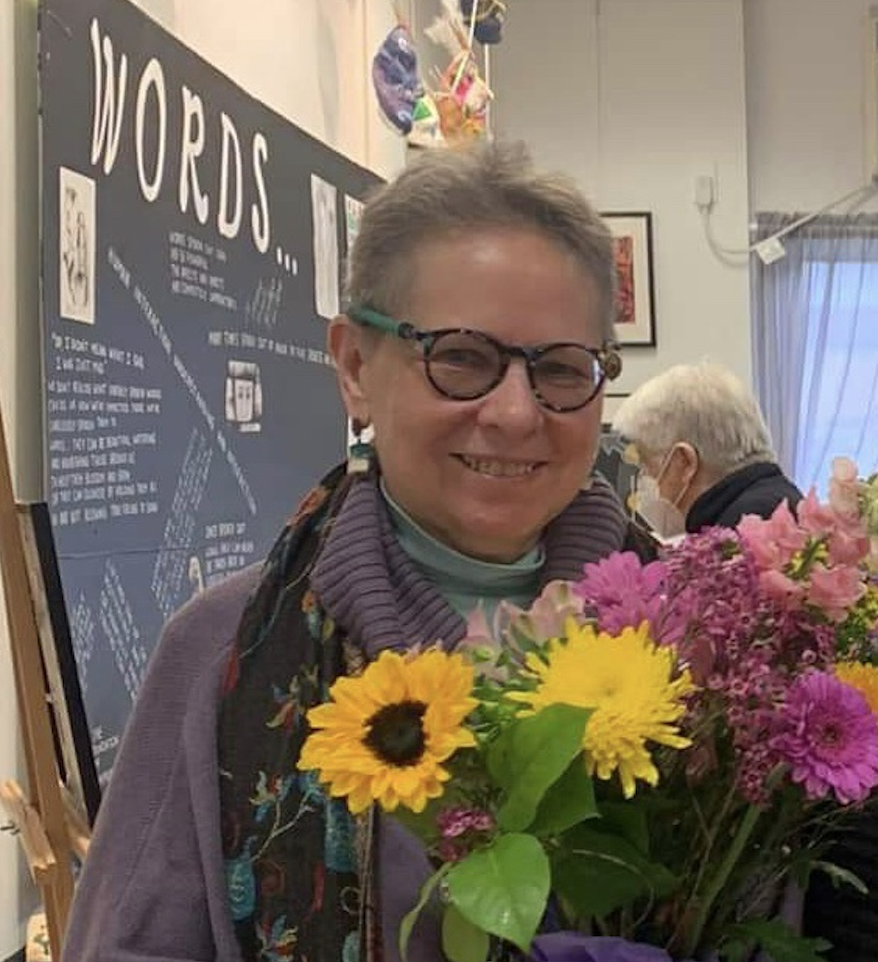Using Expressive Arts to Heal and Transform Trauma
Bonnie Winfield, Ph.D. is an expressive arts facilitator and educator working to provide a safe space with listening circles for individuals healing from trauma for over three decades. After completing her Doctor of Philosophy at Syracuse University, she served as a faculty member and administrator at several higher education institutions while further continuing her training at Marywood University. She later enrolled at the IIRP and completed her Master of Science in 2017. She is now operating a community arts studio, The Journey Home, and serves as the director of a reentry program for women who are and have been impacted by the criminal justice system.
Q: What brought you to the IIRP?
A: I have been integrating circles and restorative practice in my work as a professor, expressive arts facilitator, and community leader for many years. I was thrilled to learn about the IIRP which was located right in my back yard! I signed up immediately for workshops and graduate courses.
Q: What types of restorative work are you doing now and what makes you passionate about it?
A: The focus of my restorative work today is with The Journey Home program. Through this program I hold space by providing listening circles for women who have been impacted by the criminal justice system. For 15 years I have facilitated trauma-informed groups in the local correctional facility, which incorporate expressive arts, sharing of life stories, restorative mindfulness, and book clubs.
In my community studio, I hold space for the women when they are released and learning to live on the outside of the criminal justice system. I also hold space in the community studio for folks who wish to heal through creativity and just explore the creative process.
Through my own individual work, I can now create a safe space for people as they work through their mental, emotional, and physical trauma. With my experience in restorative circles in higher education, the criminal justice system and the community, which is based on the work of Howard Zehr and Kay Prantis along with my course work with Dr. Frida Rundell, I developed a passion for restorative circles in helping people find their voices and resolve conflicts on many levels. The greatest source of my passion comes from the reflections of the women I have worked with expressing the difference it has made in their lives, allowing them to begin to process past traumas and heal.
The integration of restorative circles and expressive art allows the participants to experience the healing powers of mindfulness and the development of new neuropathways to release them from the impact of trauma.
Q: What would you like to see happen in your restorative work going forward?
A: My mission at the moment is to see more restorative circles and restorative work in local communities. For example, community settings and spaces like the community centers that architect Deanna VanBuren designs. And of course, the use of restorative circles in the criminal justice system.
